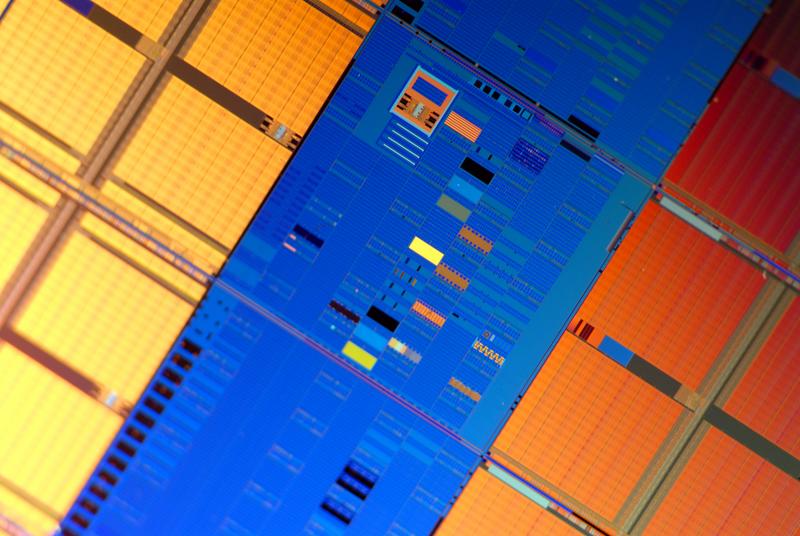Intel prepares new manufacturing fab for 45nm chip production
Chip giant makes $1.5bn investment in New Mexico to refit existing Fab 11X plant, but rival AMD insists it will not be left behind in race to produce 45nm processors.

Networking-to-processors giantIntel is readying for the launch of 45 nanometre (nm) processors with a massive investment in tooling to make the next generation chips.
The company has announced it will invest up to $1.5 billion at its Rio Rancho site in New Mexico, retooling the Fab 11X plant ready for 45nm process-based production. As the fourth Intel factory scheduled to use the 45nm process, production is scheduled to start in the second half of next year.
Currently Intel is producing 65nm chips and the significance of the process size is that the smaller the width, the more closely the circuit lines can be packed. Not only does this help the fulfilment of Moore's law - increasing the density of transistors on silicon - it also helps boost the performance per watt rating because less power is required to drive the shorter circuits.
'Our new 45 nanometre process represents one of the most significant manufacturing breakthroughs in decades and we believe that putting it in our factory in New Mexico will help us deliver the best possible products for our customers,' said Intel's president and chief executive, Paul Otellini. 'Our Rio Rancho site has successfully operated in New Mexico for 27 years. Based on that success, we are pleased to position Fab 11X for Intel's next generation of technology.'
Initial 45nm production for Intel will come from Intel's Oregon development fab, D1D, but two new factories are also being built - Fab 32 in Chandler, Arizona, which is due to start production late this year; and Fab 28 in Kiryat Gat, Israel, which is scheduled to begin production in the first half of 2007.
While talking of the transition to 45nm process technology, AMD has plans of its own. While only recently beginning to produce 65nm chips, the company is quite bullish on catching up on Intel's lead in the 45nm arena. Jon Carvill, an AMD vice president of marketing, told us the company was on target to make the transition 'mid-2008', the time when Intel itself would be ramping up 45nm volume production.
Intel was struggling to deliver 45nm in volume, he maintained. Intel was having to spend heavily on Fab conversions whereas manufacturing efficiencies at its Dresden plant would see AMD closing the gap. He cited 'lean manufacturing' techniques and High-K technology as reasons that the 45nm race will be a close run thing. Those liable to doubt this evaluation should note that the relatively small AMD relies heavily on IBM expertise in this area - it is not quite David versus Goliath, as it may appear.
Sign up today and you will receive a free copy of our Future Focus 2025 report - the leading guidance on AI, cybersecurity and other IT challenges as per 700+ senior executives
-
 Australia outlines national plan to help support an AI-enabled economy
Australia outlines national plan to help support an AI-enabled economyNews The country has unveiled its AI ambitions with a plan to help individuals and businesses alike harness the power of AI
-
 How leaders can prevent AI resentment
How leaders can prevent AI resentmentIn-depth As enterprises adopt agentic AI, leaders must work with employees to empower them rather than make them feel inadequate